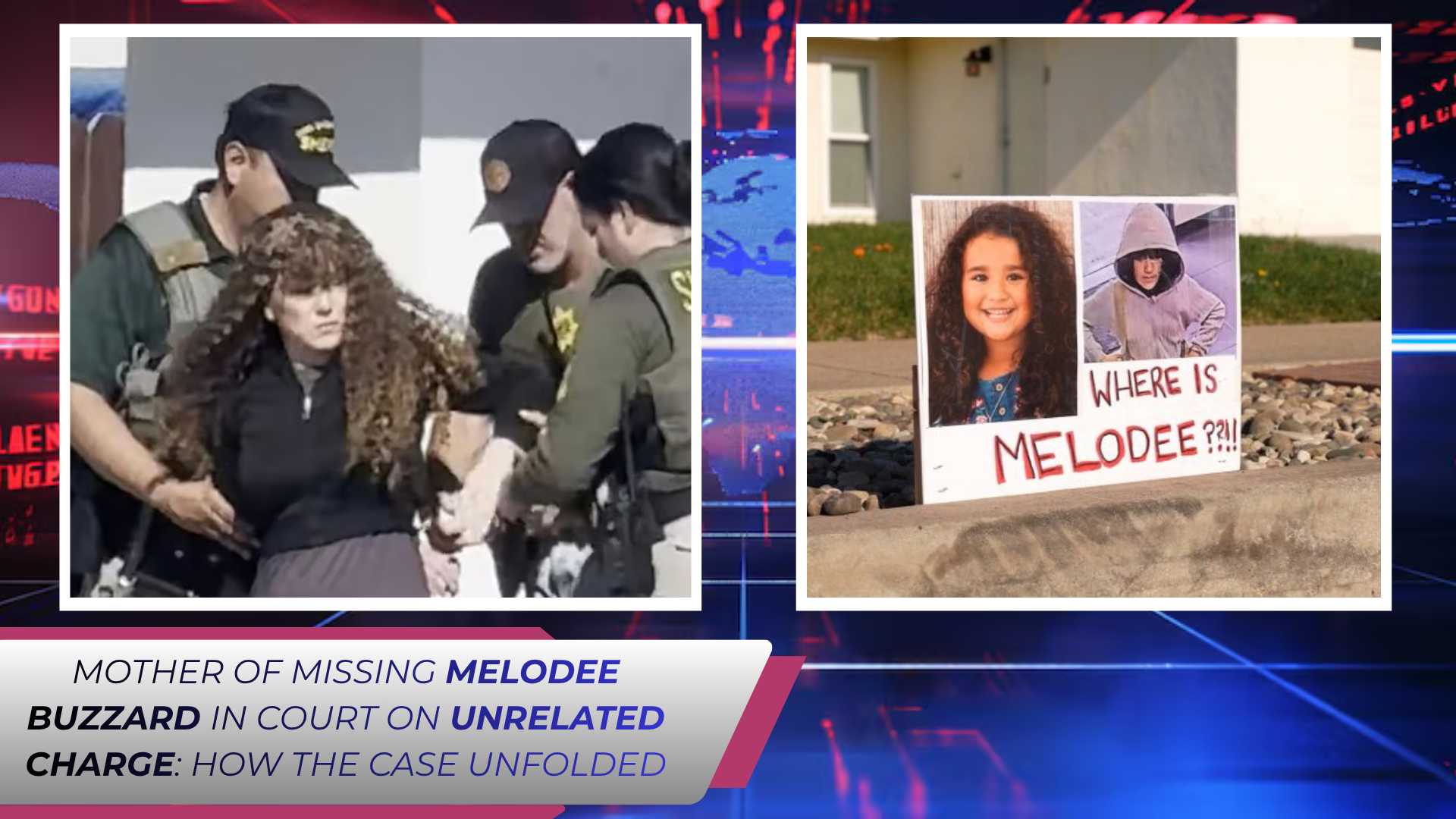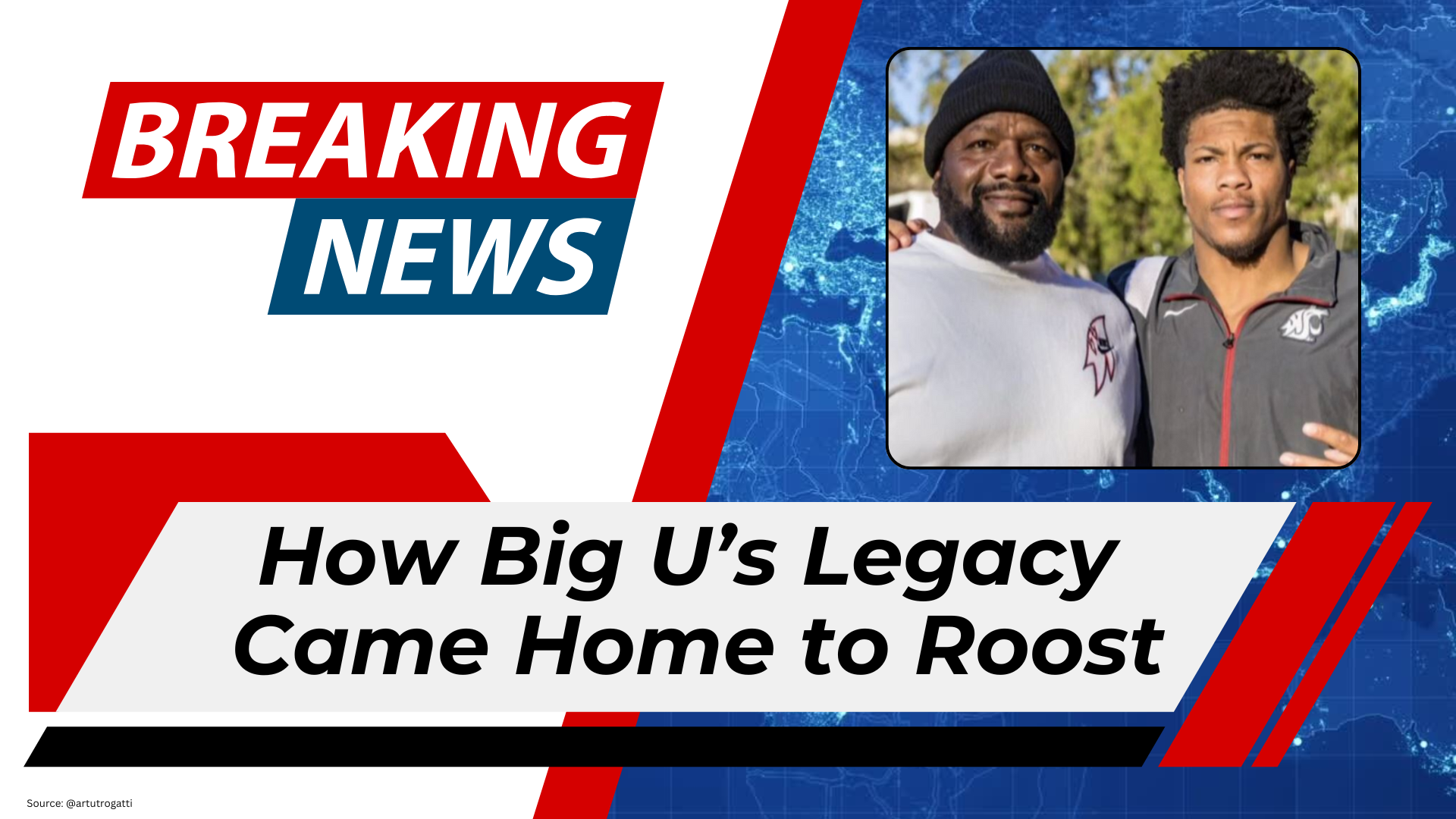Crime in Chicago Is a Choice?
Chicago is often portrayed in the headlines as a city overwhelmed by violence. From high homicide counts to vivid media coverage of shootings and gun battles, the narrative persists: crime in the Windy City is out of control. But is it simply a matter of choice — individuals deciding to commit crime — or is that an oversimplification of a far more complex reality?
The Numbers Tell Two Stories
On one hand, some statistics are hard to ignore. According to a White House fact sheet, Chicago has ranked as the U.S. city with the most murders for more than a decade, with data showing it exceeded other major cities in raw homicide counts. The American Presidency Project+2The White House+2 Illinois Policy data shows serious crime increased 41% from 2021 to 2022, and vehicle thefts rose dramatically in the same period. Illinois Policy
Yet recent data also show progress. The Council on Criminal Justice reports that for the first half of 2025, many major crime categories in Chicago were lower than in the same period in 2019 — before the pandemic spike. Violent crime and homicide categories, in particular, were significantly reduced. My WordPress+1
So while crimes occur and many are shockingly serious, the idea that crime is simply a series of voluntary bad choices doesn’t capture the full picture.
Choice Versus Circumstance
When the statement “crime in Chicago is a choice” is made, what is meant? On its face, it suggests that individuals decide to commit crime and thus are responsible. That’s undeniably part of the story. Accountability matters. Many in the community argue that where arrests are fewer, penalties lighter, or opportunities scarce, decisions lean toward crime.
But focusing purely on choice ignores deeper structural factors. For instance:
- Neighborhoods with high concentrations of poverty, unemployment, and under-resourced schools consistently suffer higher crime rates.
- Access to illicit networks, gang presence, and firearms also shapes the environment in which “choices” are made.
- The data show uneven progress: while city-wide crime is decreasing, many Chicago neighborhoods remain dramatically more dangerous than others. WBEZ+1
In those contexts, calling crime merely a “choice” risks undermining the effect of environment and opportunity — factors that heavily influence individual behavior.
What Role Does Policy Play?
City leaders and law enforcement often debate how much control they have to influence those choices. Some point to policy and policing — the idea that stricter enforcement, better prosecution, and higher clearance rates can reduce crime. Others argue that without investment in communities — particularly youth programs, education, jobs, and mental-health services — the “choice” to commit crime becomes easier for those facing limited options.
For example, concentrating resources on violence-interruption programs and community policing have been credited with helping reduce shootings in specific areas of the city. WBEZ Meanwhile, some critics say that arrest rates remain low in violent-crime cases, reducing the deterrent effect: fewer consequences may shift the balance away from “choice” and toward “impunity.” chicagocontrarian.com
The Hard Truth: Both Choice and Context
The reality of crime in Chicago lies somewhere between agency and environment. Yes — people make choices to commit crimes. But those choices are often made under pressure, in settings where other choices feel limited or unsafe.
When residents say they must “watch their backs” or avoid walking certain streets at night, they reflect a lived reality shaped by decades of disinvestment and struggle. When someone in a gang says violence is the only way they know to earn money or defend their turf, that’s a choice — but it’s also shaped by past policy and present neglect.
The Way Forward: Choice Empowered by Opportunity
If the narrative shifts from “crime is a choice” to “crime is a choice influenced by opportunity and environment,” then solutions change too. It’s not just about law enforcement — it’s about creating choice alternatives:
- viable jobs and income pathways in high-risk neighborhoods
- quality schools and safe routes to those schools
- community spaces, effective youth programs, and mentorship
- policing that builds trust, not just reacts to crime
When individuals feel they have meaningful alternatives, the choice to commit crime becomes harder.
Conclusion
So is crime in Chicago a choice? Yes — but it’s a nuanced one. The decision to commit violent or property crime rests in the hands of individuals, yet it is heavily shaped by context, policy, and environment. Ignoring either side of the equation reduces our ability to address the problem effectively.
“When people try to make it about stats and disregard facts, that infuriates me.” — Local violence-prevention worker on Chicago’s crime narrative. The Trace
If Chicago is serious about reducing crime, it must not only hold individuals accountable for their choices, but also ensure the environment in which those choices are made offers real, viable alternatives.
%20(4).png)



.png)
.jpg)



